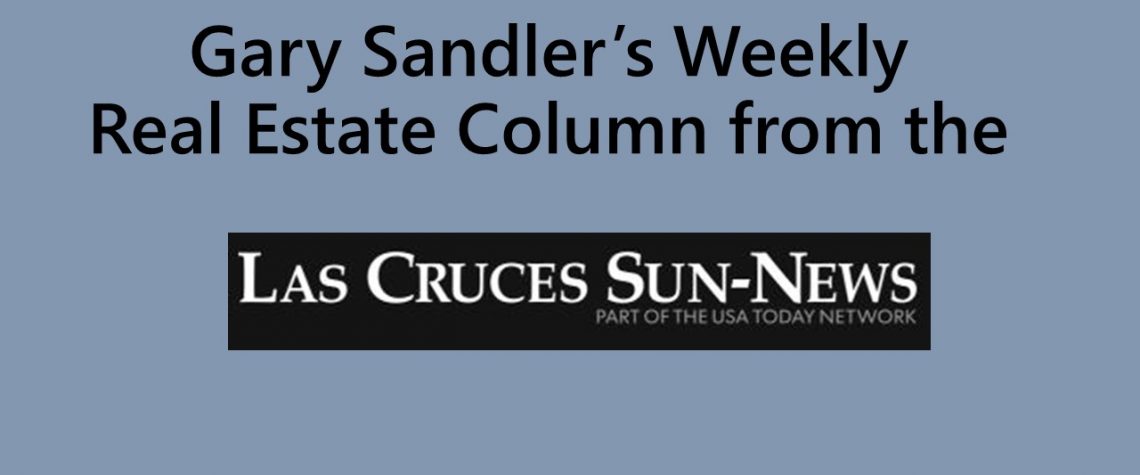-
 Jul 25, 2021 Rent-to-own can benefit both buyers and sellers
Jul 25, 2021 Rent-to-own can benefit both buyers and sellersPublished 25 July 2021
When young renters Mark and Sylvia decided to make the transition from tenant life to homeownership, they had a fairly good idea their past credit indiscretions would make it difficult to qualify for a mortgage.
After discussing their plight with a mortgage lender, they were disappointed to learn that it could take upwards of a year to clean up their credit to the point where they would be able to qualify for a loan. Discouraged by the prospect of having to postpone their purchase, the couple began exploring alternative ways to buy their first home. At the suggestion of a relative, they decided to explore what’s commonly referred to as a “rent-to-own”.
While the term is most often associated with the rental and subsequent purchase of personal property, such as TVs, furniture, appliances, the concept can also be applied to the purchase of real property. In real estate jargon, the term rent-to-own is synonymous with the terms “lease-option” and “lease-purchase” A lease option is a normal lease with an option to purchase at the end of the term. A lease purchase is essentially a sale, with the closing postponed until the end of the lease. In either case, buyers typically put up an earnest money or lease deposit to assure their performance.
Let’s say that Mark and Sylvia found a home that fits their needs, and they are offered a 1-year lease at $800 per month. They are aware that the owner is asking for an earnest money or option deposit of $2,400. In this case, the owner will allow Mark & Sylvia to pay the deposit in monthly increments of $200. The additional $200 per month, or $2,400 over the course of a year, will go towards their down payment and closing costs when they close on the sale. A huge downside to the agreement is that if the option is not exercised and the sale doesn’t close, the landlord/owner will retain the $2,400 deposit.
The only way for Mark and Sylvia to know whether it is wise for them to enter into such an agreement is for them to be absolutely sure that they will be able to obtain a mortgage in time to close the transaction as agreed. It would be foolish for them, or anyone else for that matter, to move forward with an option without first having a viable plan in place. This is where the expertise of a knowledgeable mortgage lender and Realtor can be extremely helpful.
Another critical component to a rent-to-own purchase is the agreement itself. Can the owner toss you out and keep your deposit if the rent is paid a couple of days late in month eleven? It happens all the time. The best protection against legal problems and misunderstandings down the line is to have an iron-clad understanding in place before any paperwork is signed. Purchase and lease agreements are legal and binding documents, the terms of which should be fully understood by both parties prior to signing on the dotted line.
Rent-to-own concepts are basically sound and can be a win-win situation for both the buyers and the sellers. The option gives buyers time to clean up their credit, put aside money towards a down payment, and make arrangements to obtain a mortgage. Buyers can also benefit if the value of the property increases over the term of the lease. Sellers benefit by having a steady income stream during the option period, a tenant who cares about the property, and a qualified buyer at the end of the lease term. Your local Realtor or mortgage professional can provide more details.
See you at closing.
Gary Sandler is a full-time Realtor and president of Gary Sandler Inc., Realtors in Las Cruces. He loves to answer questions and can be reached at 575-642-2292 or gary@garysandler.com.
About author
-
-
About Author
Gary Sandler
-
© 2022 Gary Sandler - Website Developed by: Digital Solutions